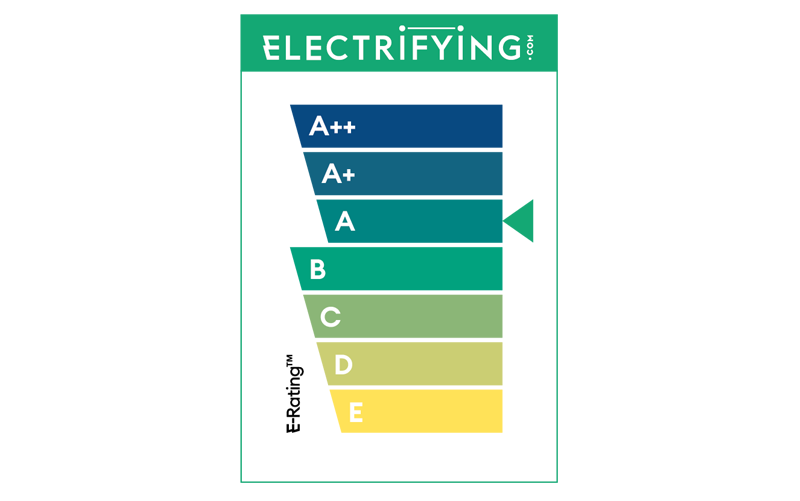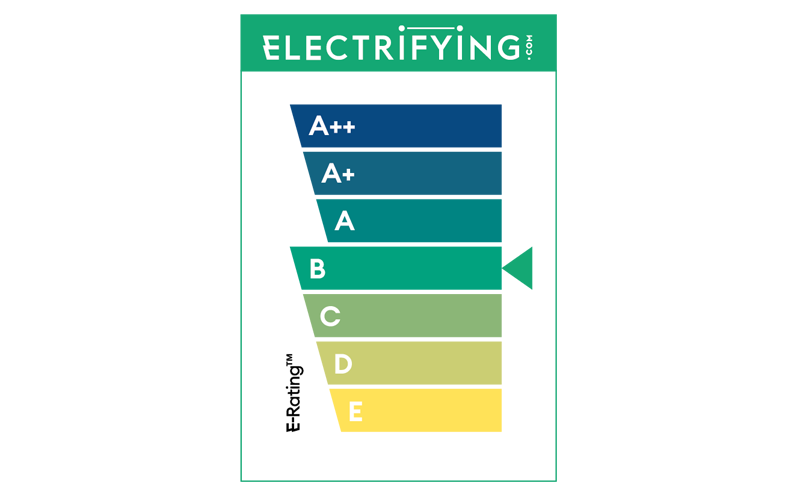Motors and performance
The EQB comes with three power outputs; the EQB 250+ gets 188bhp and will do 0-62mph in 8.9sec, while the 300 and 350 4Matic models get 225bhp and 288bhp respectively, for sprint times of 8.0- or 6.2-seconds.
Even in the 250+, performance is just fine, with enough pace to squirt you and the under-10s football team up the road at a hearty speed if you wish, as it responds well for a quick getaway onto a junction just as it does for an overtake or fast merge onto the motorway.
Mind you, if you do routinely deal with slippery roads and poor weather conditions, it's worth considering the jump to one of the 4Matic models as the 250+ can suffer from quite a bit of wheel-spin, which makes it feel a bit scrappy when it's wet and cold.
One great feature of the EQB is that it can tow up to 1700kg; useful if you've got a caravan to pull, and the tow hitch that you can add also makes it easier to fit a rear-mounted multi-bike carrier for those family holidays.
Drive and handling
The steering in the EQB has a really nice, textural, light feedback that makes it feel more natural than the steering you get in some rivals. But that comes with a caveat, as the Premium and Premium Plus models come as standard with adaptive suspension and speed-dependant variable steering, and we actually prefer the EQB without this setup. The lower-spec cars on smaller wheels and passive dampers have better-controlled body movement and, while there's a bit of fidgeting over bumpy town roads, the tauter suspension control and more predictable steering makes it noticeably nicer to drive. The cars on adaptive dampers just wallow about a bit too much, don't steer as pleasantly and have a very firm ride in the more sporting drive modes.
There are three levels of adaptive brake recuperation to choose from, which you toggle through via paddles on the steering wheel, although none are quite heavy enough to be what we'd call one-pedal driving.









 E-Rating™: A
E-Rating™: A






















